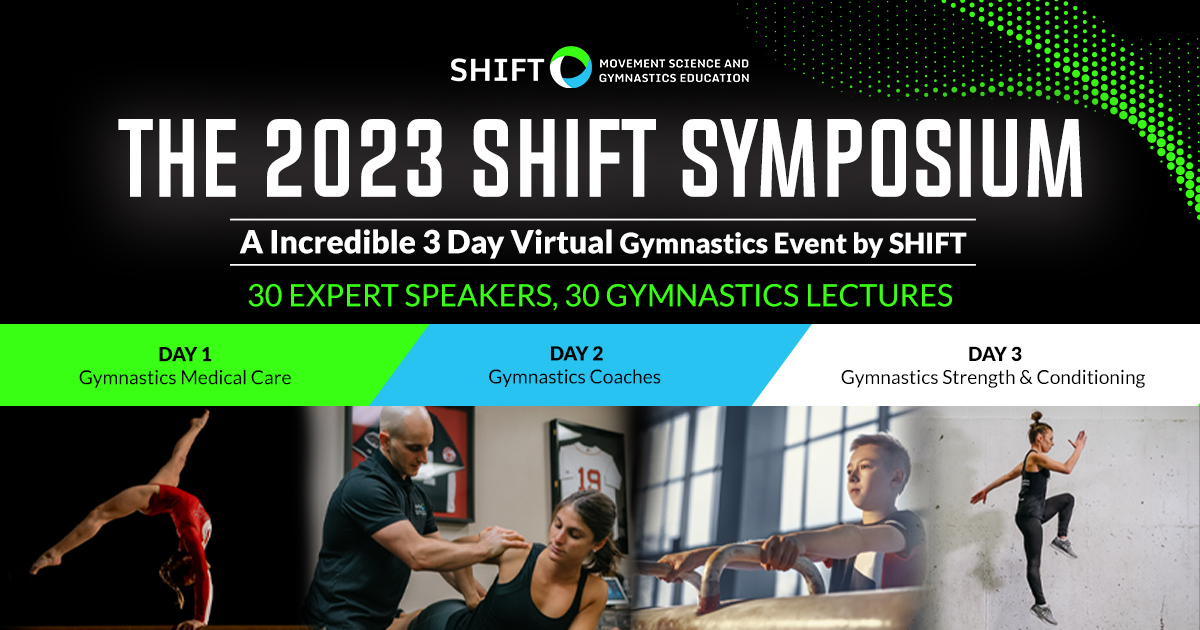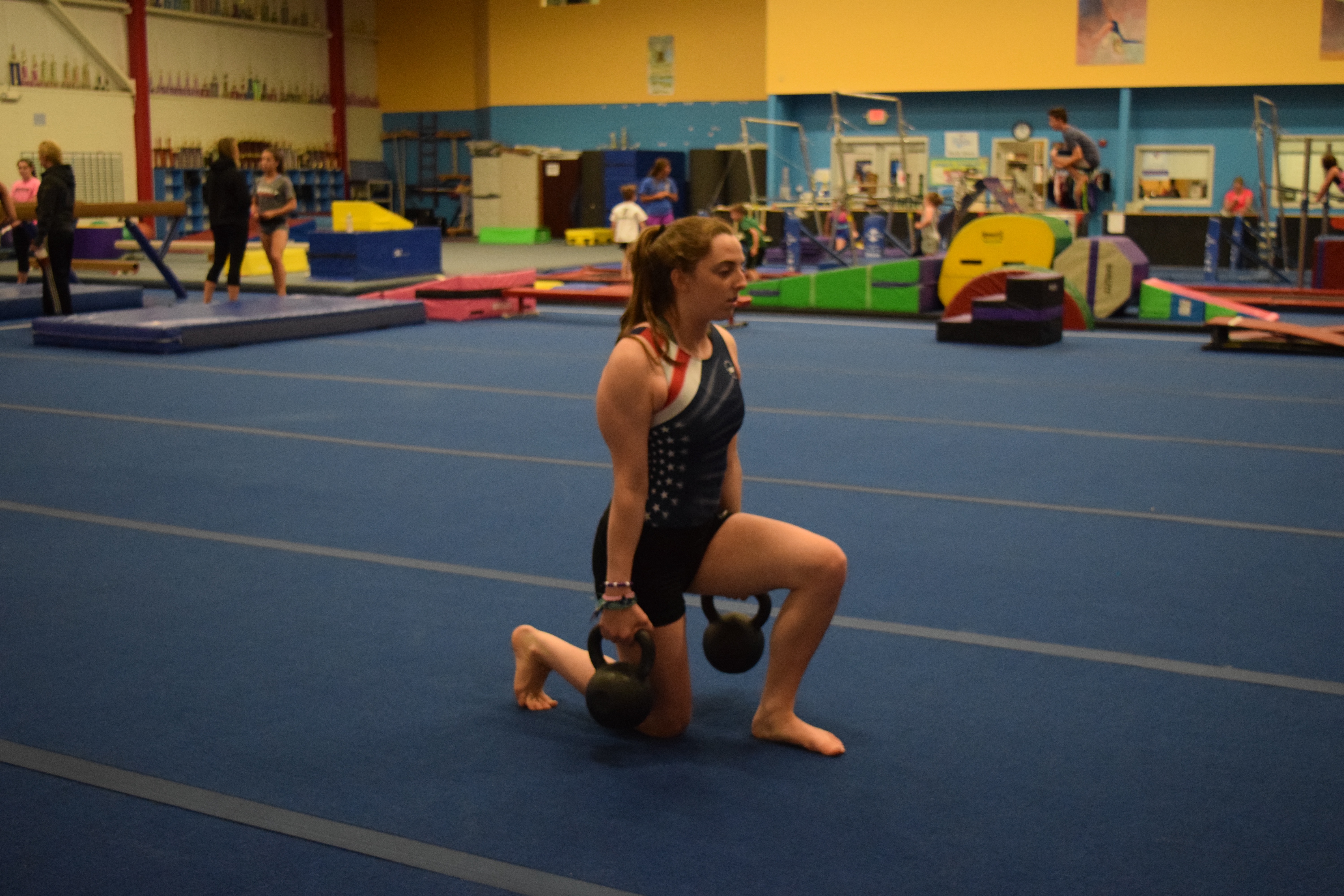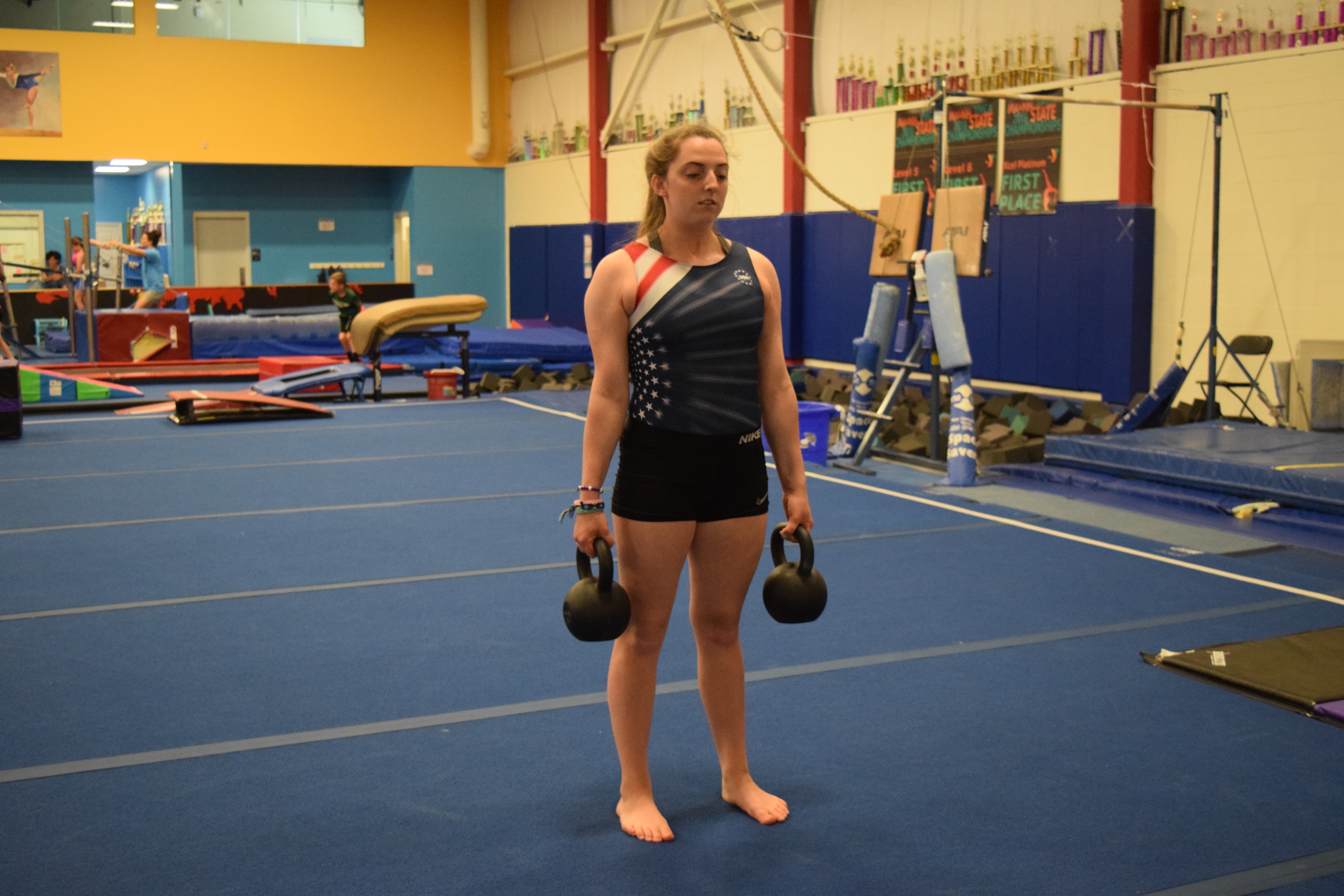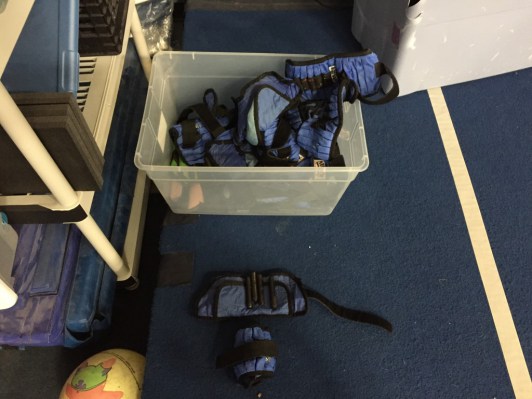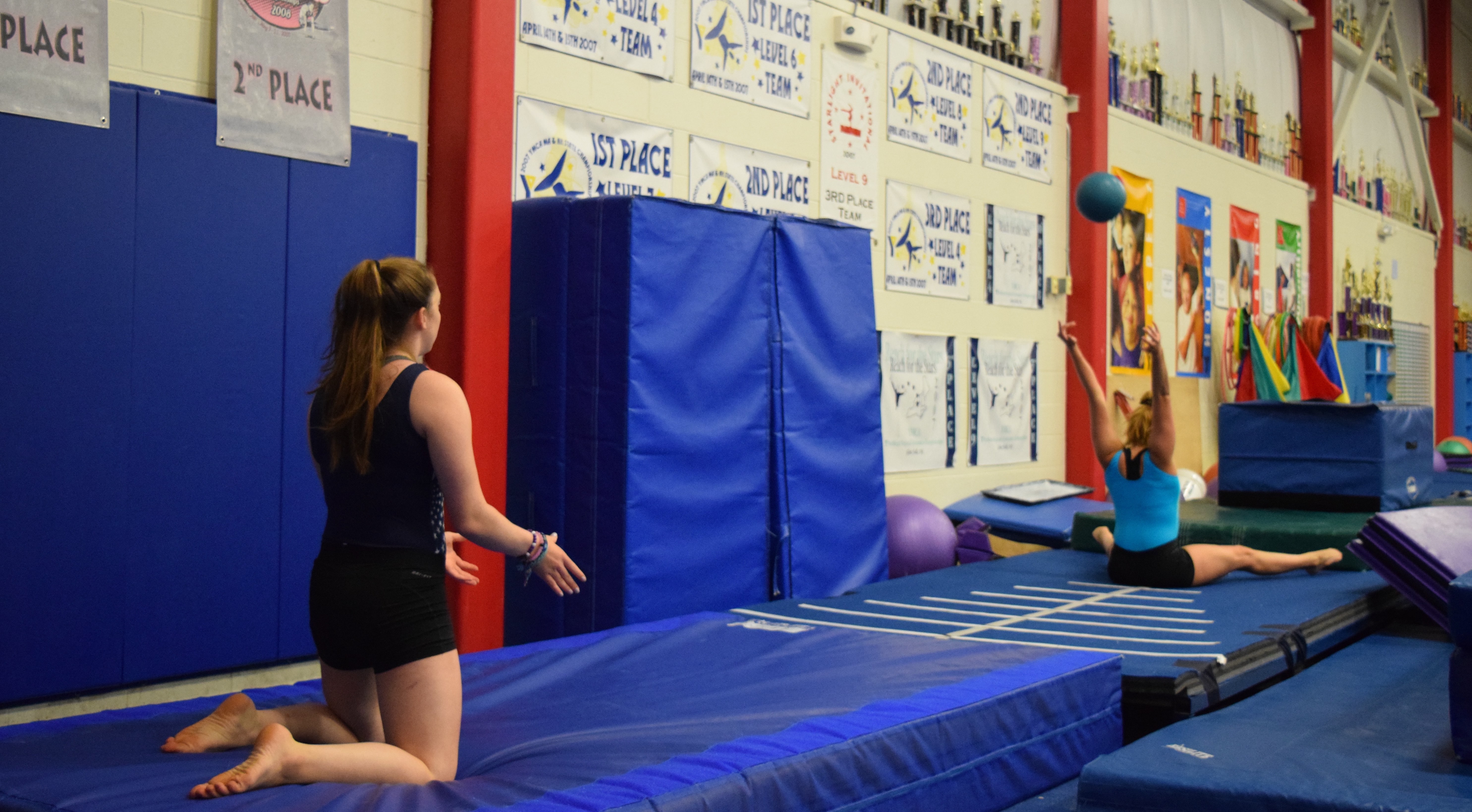Help Gymnasts Sprint Faster for Vault with These 5 Exercise Categories
In gymnastics, sprinting speed is one of the most sought-after things to help improve vault power, and floor tumbling, and increase the difficulty over time. Despite all the education online, oftentimes coaches are simply left with ‘run faster’ cues or ‘go harder’. While these are helpful to increase effort, the reality is that without scientifically supported methods and exercises to increase strength, power, and technique, these might not help much.
In this blog post, I want to share some of the best exercises and methods to help gymnasts run faster. But first, if you are someone working in gymnastics and wanting to learn all about strength, power, conditioning, and plyometrics, be sure to check out the 2023 SHIFT Symposium where we will have 3 days of expert gymnastics speakers.
This is a must-see event for anyone in gymnastics. But let’s dive in!
Table of Contents
1. Have a Base of Strength
Sprinting speed heavily relies on an athlete’s strength and power. Without the underlying strength of the quads, hamstrings, calves, glutes, and core, it’s hard to rapidly produce the force needed to push against the ground and propel the body faster down the runway.
I personally like using split squats, step-ups, single-leg hip lifts, single-leg RDLs, and goblet squats to form this leg strength base.
Core and hip rotator work with side plank clamshells and farmer carries are also great.
2. Perfecting Sprint Technique
The first step in increasing sprinting speed is mastering the proper technique. Gymnasts should focus on three primary elements: trunk posture, arm action, and leg action.
- Trunk posture: Aim to maintain an upright and slightly forward-leaning position, keeping the chin tucked and chest up, with eyes ahead.
- Arm action: Swing the arms in a fast yet controlled manner, driving the elbows back and forward in sync with the opposite leg aiming straight ahead. Be careful not to cross over the midline as it can cause body sway and reduce horizontal force
- Leg action: Focus on acively driving the knee up and flexing the hip, with the feet flexed up (not pointed). This helps to have maximal force down into the floor to propel the body forward.
Two drills I really like for this are wall leaning pistons, and seated arm action drills.
Consistent practice of proper sprinting technique is essential to develop muscle memory and neuromuscular coordination, ultimately leading to increased speed.
3. Use General and Specific Power and Plyometrics
Gymnasts need to understand how to maximally express power in safe settings before they will feel comfortable running full speed into a front handspring or Yurchenko. That’s why general power work like seated box jumps, broad jumps, and med ball slams are great starting points.
4. Focus on Hip & Ankle Flexibility
Excessively stiff muscles can hinder a gymnast’s sprinting speed by limiting their range of motion, which may reduce overall sprinting power potential. Screen gymnasts for excessively stiff hip flexors and quads which might limit back leg extension. Then, use regular stretching and eccentric drills to help improve this range.
5. Analyzing and Optimizing Sprint Performance
Regularly evaluate your sprinting technique and performance. Video analysis can be an excellent tool to identify areas of improvement. Also, work closely with a coach or sports performance specialist to optimize your sprinting mechanics and make adjustments as needed if this isn’t your area of expertise.
Conclusion
Remember, if you are a gymnastics coach or strength coach who really wants to learn all about this topic, be sure to check out 2023 where we will have multiple lectures on increasing strength, power, speed, and vault performance.
Hope this has been helpful!


